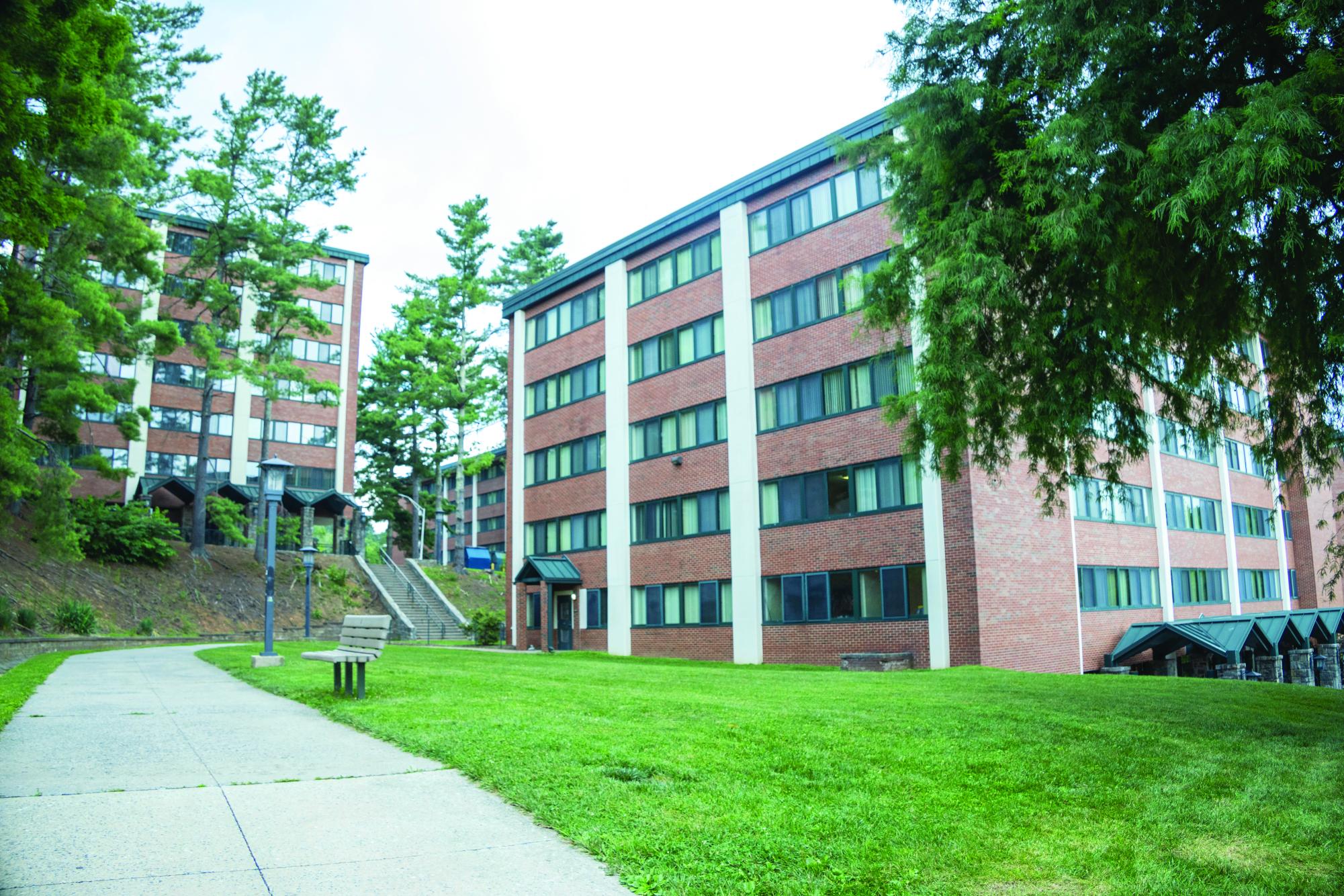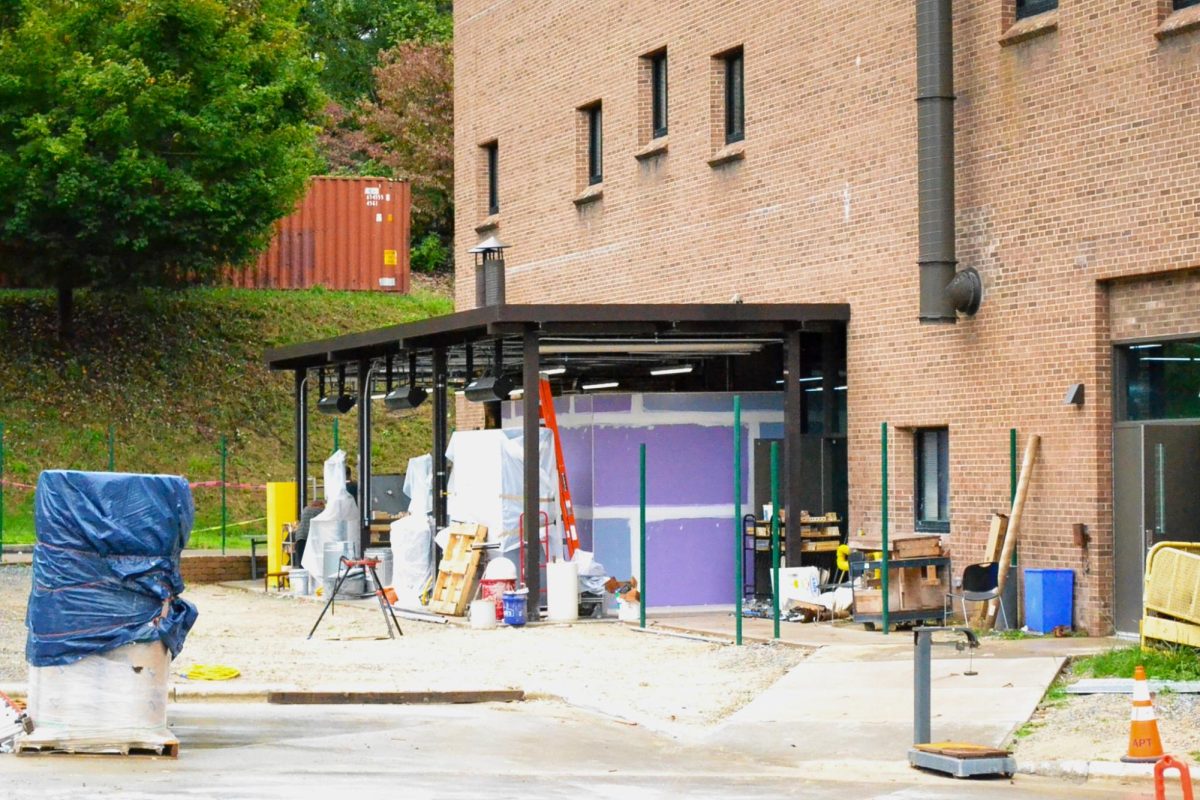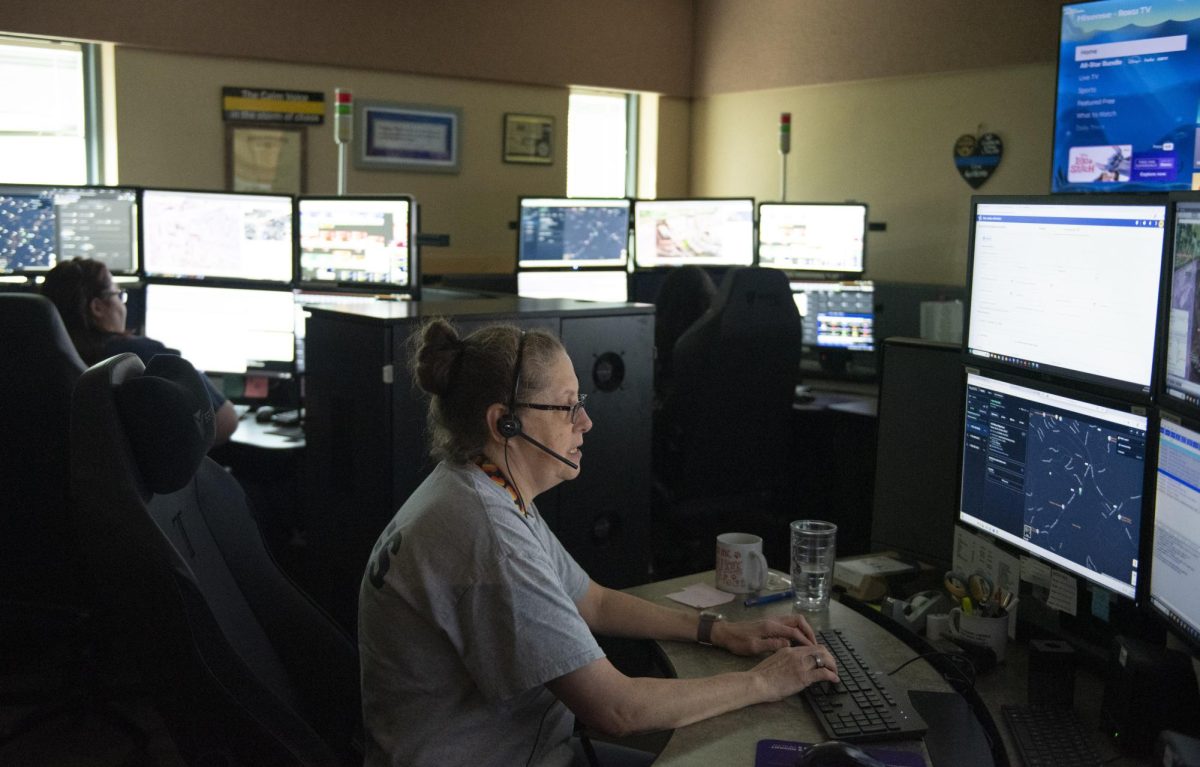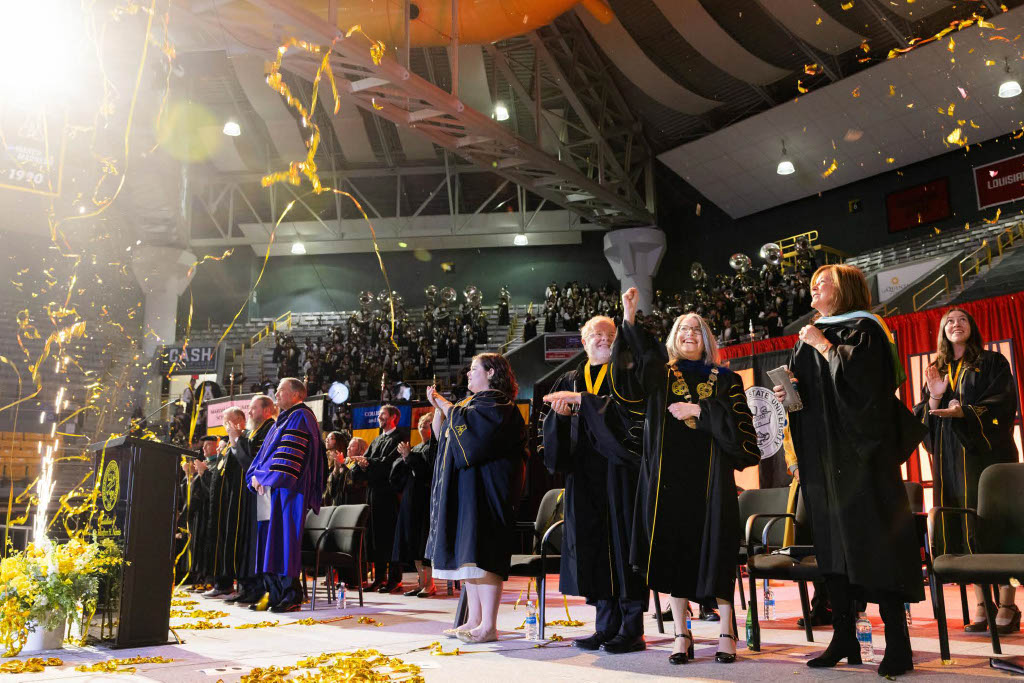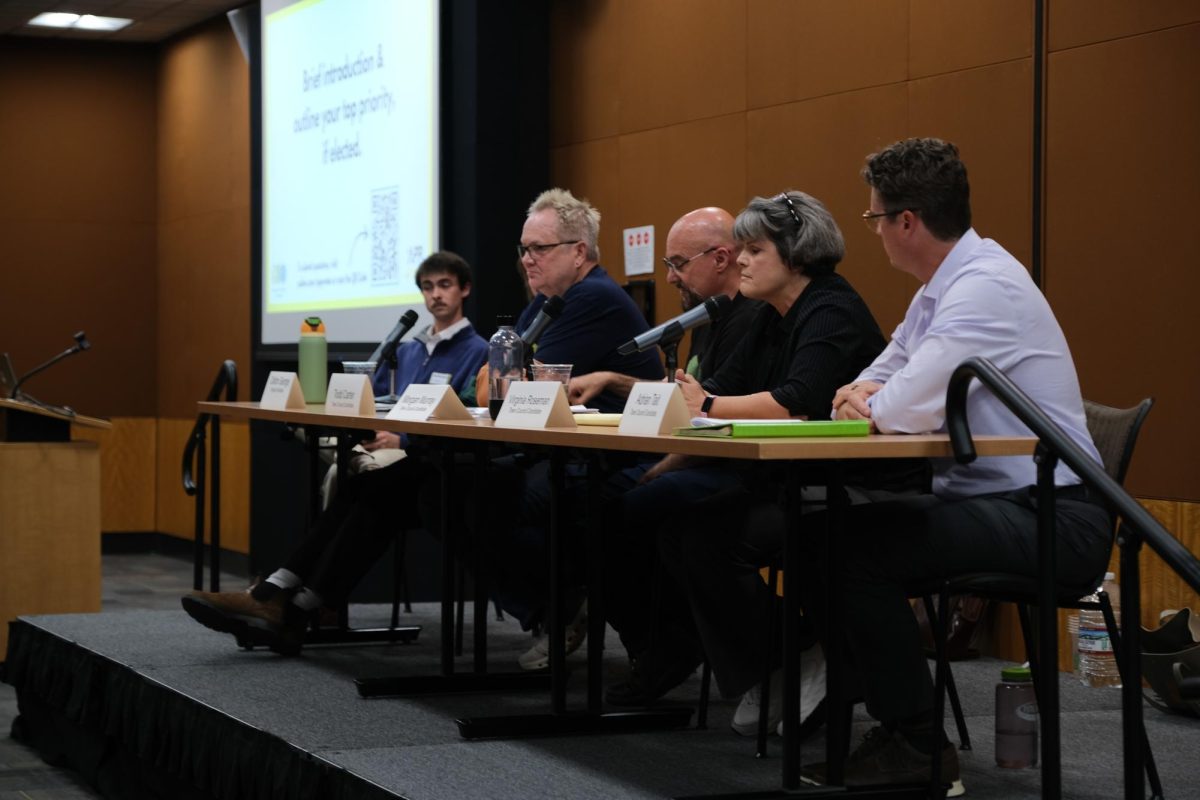It’s the last few weeks of summer break, and the residence halls of App State are dim and silent. But make no mistake — while App State’s incoming freshmen are at home finalizing their packing list, a team of residence assistants are busy making their final preparations to welcome new students to their new home for the next academic year.
App State currently has 147 student worker RAs who work in 18 different residence halls, according to Jimmy Kramer, assistant director for residence life. While the ratio of residents to RAs can differ, the average number of residents each RA is responsible for is around 40-60, according to University Housing.
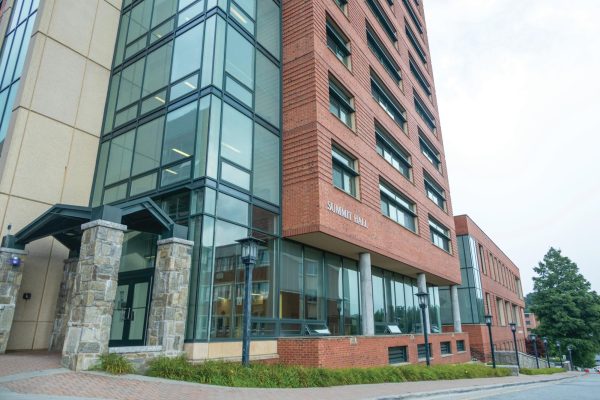
“RAs build community in many ways but some of the ways we ask RAs to intentionally build relationships with residents are through intentional conversations, floor and building wide programs and generally supporting students through the day to day events of living on a college campus,” Kramer wrote in an email.
Additionally, RAs rotate the role of answering the duty phone for each residence hall, speaking with and responding to the needs of each caller, according to Kramer.
Stevie Watson, a senior interior design major, is a second-year RA in Summit Hall. Watson said this year, they are responsible for 35 residents.
Watson decided to become an RA after their roommates moved out. Because they are drawn to building connections, they applied and completed two weeks of training during the summer in preparation for incoming residents.
Some of the training, Watson said, focused on handling different scenarios, including roommate conflicts and emergencies.
Kramer wrote that the training process begins three weeks before students move in for the fall semester. The first two weeks are primarily dedicated to training, and the final week is dedicated to helping students move in and acclimate. Ongoing RA training meetings and sessions are held throughout the academic year.
Even if the role of an RA doesn’t involve seeing some conflicts through the entire process, Watson said RAs are the first to know what is going on and act as “the front lines.”
From there, RAs can loop in staff members from higher positions such as graduate assistants and coordinators to handle issues, if necessary. Watson said they learned how to fill out incident reports during their training, which are then sent to the appropriate person or resource.
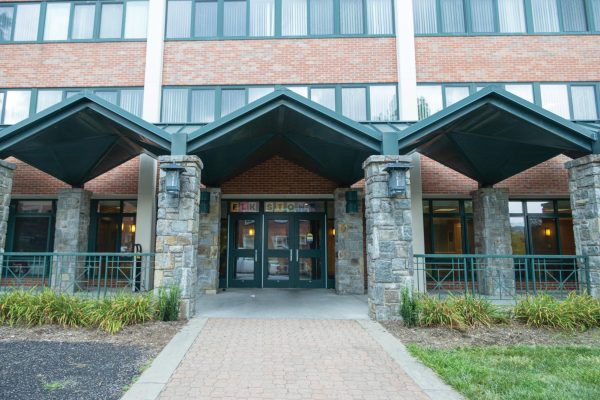
Other responsibilities Watson learned during training were sociograms and check-ins. Every six weeks, Watson will have one-on-one meetings with residents, taking care to check in with each student.
Even the smallest interactions, such as a smile or quick greeting, make a significant impact, Watson said. They also try to make a point of interacting with residents even outside of residence halls when they are out and about on campus.
Another responsibility of RAs is to connect students to resources. Watson likes to host educational events to pair students with resources, and will collect flyers from different campus organizations, such as the Office of Access and Opportunity: Disability Resources, Counseling & Psychological Services, campus food hubs or the Career Development Center, and post them frequently in their resident hall.
Watson said their job as an RA can be stressful, especially when they recognize it’s time to take a step back and reach out to other resources to aid students, which Watson said they are instructed to do during training.
“You can’t really overstep as an RA, because then it just gets too much mentally, and it’s also sometimes physically taxing, especially if you have multiple things going on,” they said. “Even being a student, it’s hard because it’s my senior year.”
Watson said if a student came to them with a conflict, they would listen and ask if the situation is something the student wanted to handle themselves or seek help from an RA. They said this approach encourages students to communicate with others and problem solve themselves, while still supplying them with support and resources.
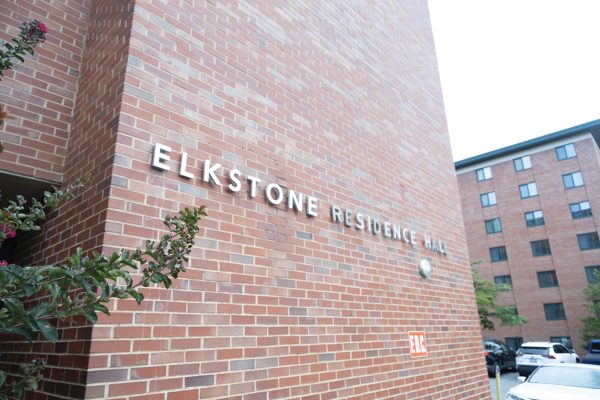
According to Kramer, RAs serve as a primary resource to help students adjust, but also to help develop potentially life-long friendships.
“The role RAs take on is very dynamic and at times can be demanding. These student leaders work incredibly hard to make a positive impact on the residents on their floor and in their building,” Kramer wrote. “We are very appreciative of the efforts that they make throughout the course of the year as they create a welcoming community for all of our residents.”
For Watson, one of the most rewarding aspects of their job is when they get to see students acclimate to college life.
“It’s definitely rewarding when you see them grow,” they said. Watson said they also enjoy hearing updates from students about their academic journey, such as selecting areas of study or a major.
“I’m just happy that I’m there as an RA to at least help my residents, even if it’s a little amount,” they said.

